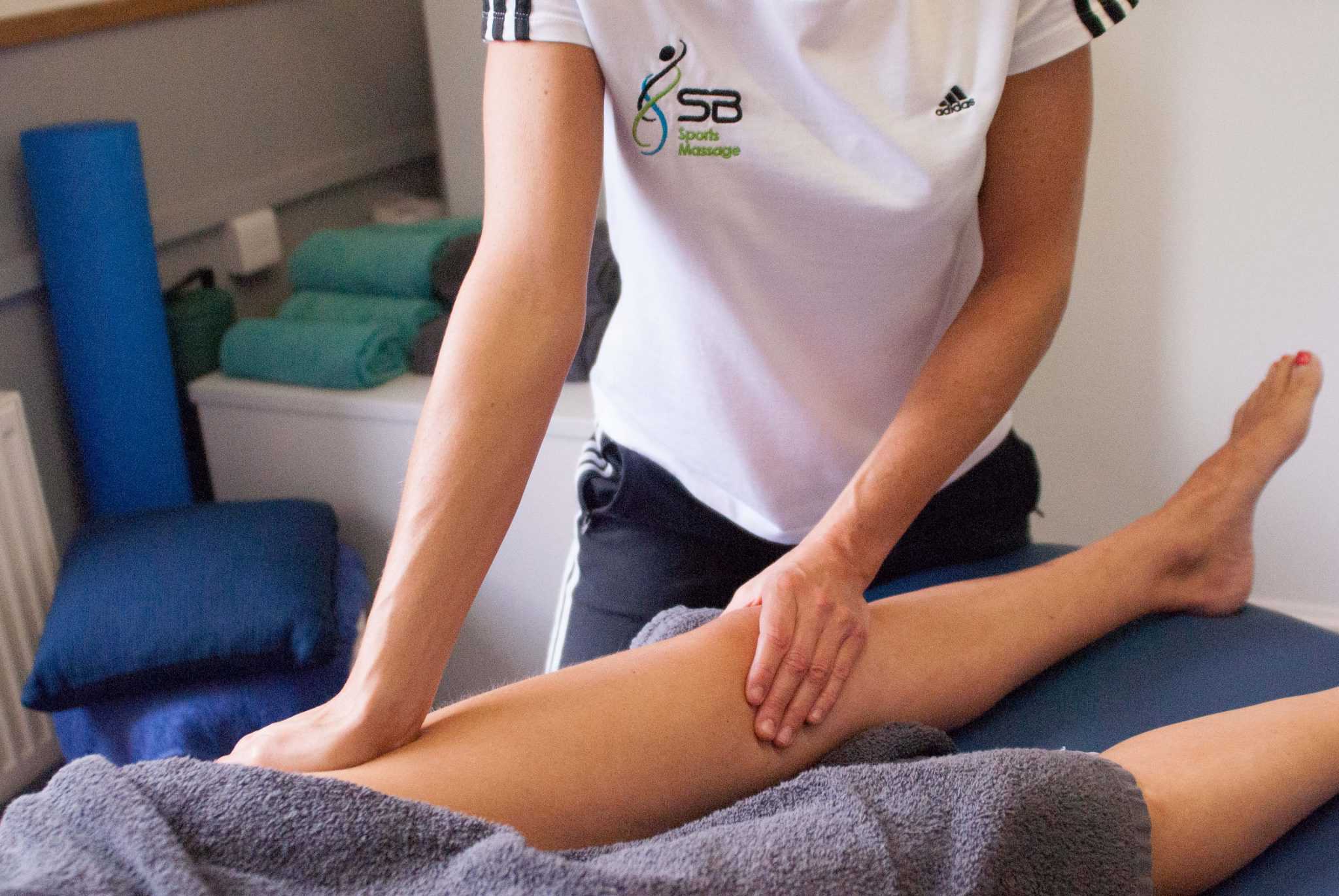Progressive overload is the gradual increase of stress placed upon the body during exercise. Stress can come from a variety of things, such as an increase in load for example in weight training or distance in running. It is one of the most important components of any programme, whether that be a general exercise; running or rehabilitation programme. Without progressive overload, there can be no improvement towards any set targets. By increasing the stress placed on the body, above what it has previously dealt with, it will adapt to the change in demands placed on it through alterations in its structures (muscle size, bone density, ligament strength). As a result, you will see improvements towards the targets you have set.
Overload is used to aid in the improvement of different health and fitness elements such as:
- Muscular strength
- ROM
- Balance
- Cardio fitness
- Muscular endurance
However, there is a risk with progressive overload of injury which we will go into more depth about later in this blog. If the increase in load becomes greater than the body can deal with, this can lead to failure in e.g. the muscles which become damaged and strained. This in turn leads to time out through injury and likely to a reduction in the ability of your body to perform at certain levels of stress.
How progressive overload is instrumental to your training & rehabilitation
Progressive Overload in Training
If for example, you can bench press at 60kg for 3 sets of 8 and continue to do so throughout a 6-week programme, you will not see many improvements in things such as muscle strength or muscle tone as if you were to increase your load by 5kg every week, or if you increased your reps and sets. This is because your body will only adapt to the demands of the 60kg weight. If there is no increase, the body will plateau and there will be no change. With ever increasing stress however, the body will continue to adapt which leads to far greater improvement.
Progressive Overload in Rehabilitation
Undoubtedly, in rehabilitation, progressive overload is vital to getting you back to being pain free and getting to whatever goal you have. Following an injury, such as a hamstring injury, range of motion (ROM) is likely to be hindered in the early stages. Following assessment, early stage ROM exercises are used to help aid the return to normal range. This can be through stretching and mobility exercises. However, once there has been an improvement in ROM, the exercises need to be progressed, whether that is an increase in the frequency the exercises are performed or an increase in the difficulty of them. As mentioned earlier, the rehabilitation proves will aid the return of full fitness and health components. During rehabilitation and any other scenario where you are stressing your body it is important to give yourself regular rest days in order to assess your discomfort and fatigue levels, which will make sure you do not injure or re-injure yourself due to overload. We will go into more detail about this in the next section
How overload can be detrimental to your training & rehabilitation
As we have spoken about earlier in this blog, progressive overload is a key component to every form of training and rehabilitation. However, as the below graph (figure 1) show you, if you do not do this with the correct amount of rest/recovery and TLC then instead of being instrumental to your program it can be detrimental and ultimately result in injury/ re-injury.

Figure 1. Skillin, H. (2018). Progressive Overload & Recovery.
https://bostonnorthfitnessblog.com/2018/09/10/progressive-overload-recovery. Last accessed 4th March 2019.
Ways to prevent overload being detrimental to your program
On average people need between 36-48 hours to recover and adapt to their previous training/ overload. When you overload your tissues you create micro traumas to your muscles and other tissues which when they repair, they repair stronger and adapted to this increased load. The time you spend resting and recovering is used by your body to repair these micro traumas and prevent you from starting on a downward spiral with your training adaptations (seen in figure 1).
Other factors can affect the rate that your body recovers, such as:
Diet – The key component to your diet when you are overloading during your training/ rehab is Protein. Protein is used to repair your muscles and a lack of it in your diet will slow your recovery and therefore increase your risk of injury or poor progressions to your goals.
Hydration – When your body is dehydrated it has reduced circulation which will reduce the rate at which your body recovers and the intensity at which you can train.
Sports Massage/ Professional guidance – At SB Sports Massage & Rehabilitation one of the main tools we use to help our patients recover and therefore progress more quickly is sports massage. Sports massage is a great way to:
- increase circulation
- Break down any scar tissue from previous injuries
- Reduce tension which could contribute to future injuries
- Increase range of movement which is a key component of your performance and hitting your goals
Part of our service involves professional guidance on your training and rehabilitation to ensure that you are both overloading your body in order to progress as quick as possible but doing this at a safe rate so that you do not make an injury worse or even cause another injury which will further delay your return to work or play.
We hope you have found this blog helpful and if you feel like we can help you or any friends or family then please do not hesitate to get in contact with us via phone, email or social media.
